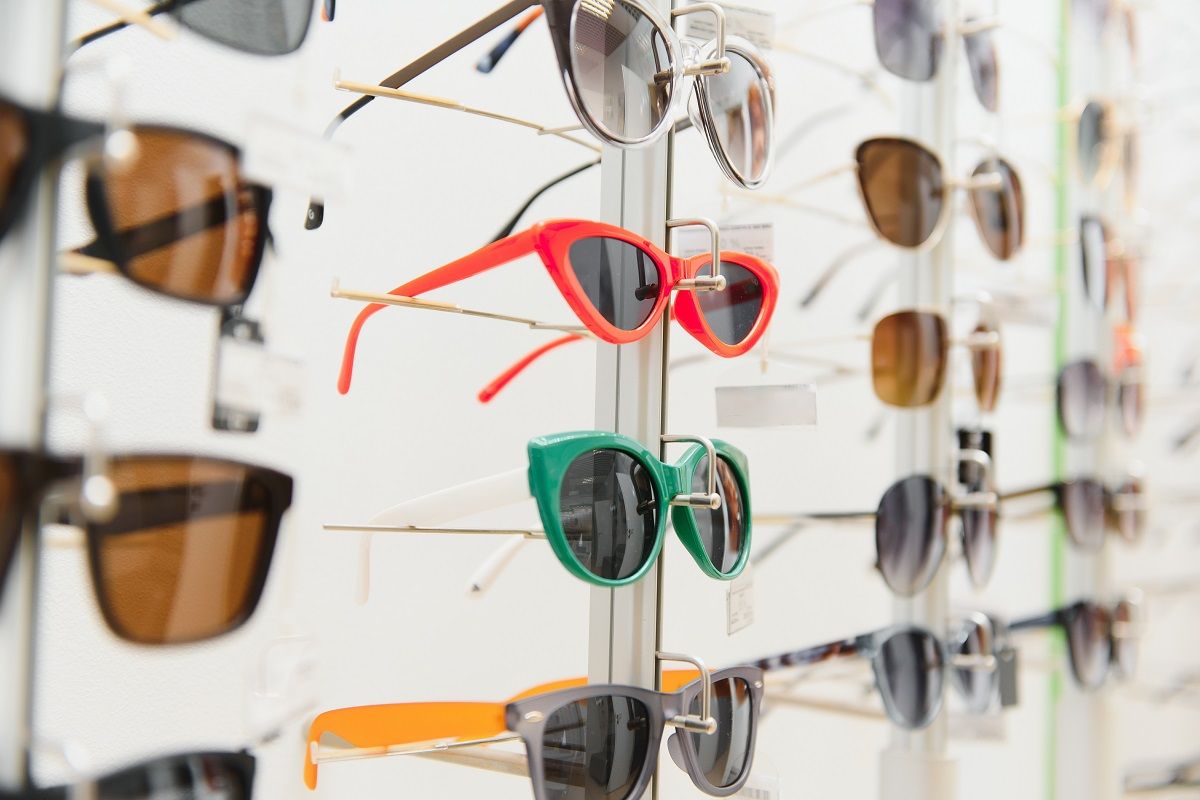How do polarizing sunglasses cut glare?
To start, an analogy.
Two children hold a long jump rope stretched between them. The child at one end shakes the rope. That makes waves travel from one end of the rope to the other. The child can shake the rope up and down, sideways, or in any other direction. That makes waves that vibrate in different directions.
If we think of the waves traveling along that rope as a model of light waves traveling through space, then the direction the rope vibrates corresponds to the direction of the so-called polarization of the light.
Light can be polarized horizontally, vertically, or in any other direction.
Back to our rope analogy: imagine now that the children pass the rope between the slats of a picket fence. Now, if the child at one end shakes the rope from side to side, the vibrations will be stopped by the fence. But if the shaking is up and down, the waves go right through.
Polarizing sunglasses are like that picket fence: they pass light that vibrates vertically but block light that vibrates horizontally. That's how they cut glare.
Glare is mostly light vibrating horizontally. In general, light that has bounced off a horizontal non-metallic source--like a road or a lake--vibrates horizontally. That's the kind of light polarizing sunglasses are designed to block.
Here's an experiment: take the polarizing glasses off, slowly rotate them to a vertical position while you look through one lens, and you'll see glare spots reappear. You are, in effect, turning the picket fence sideways, so the slats let vibrations of glare get through.
This moment of science comes from Indiana University.
I'm Yaël Ksander.










